Over the past several months, the Cari-Bois Environmental News Network has published articles from around the Caribbean.
With new content coming to the platform very soon, Cari-Bois is pleased to share a curated collection of 12 photos selected from the 19 articles published between January 1st and March 31st, 2023.
Reflecting on the topics covered in all the articles, photos were selected based on their representation of each topic.
Cari-Bois is pleased to offer you these curated photos from Guyana, Belize, Trinidad and Tobago, Antigua and Barbuda, St. Vincent and the Grenadines and Suriname.
Photo 1: Breach in sandbar threatens Barbuda’s Ramsar site
Photo by Marine Biologist John Mussington from Antigua and Barbuda
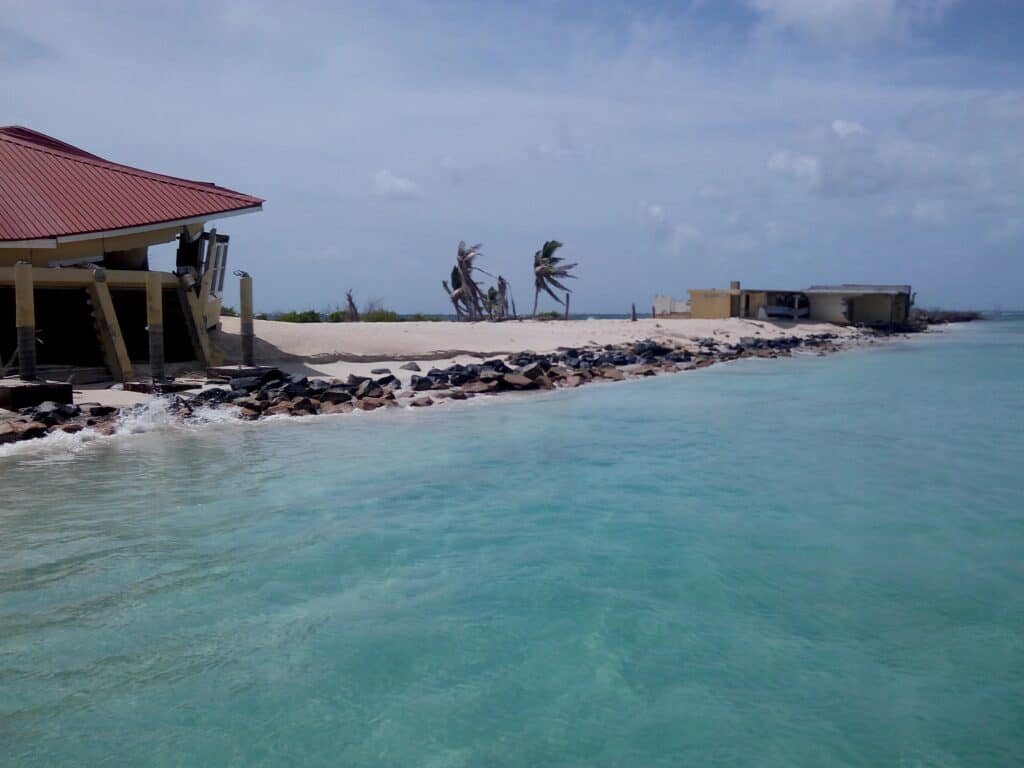
Description:
For decades, a sandbar off the coast of Barbuda has restrained ocean currents and protected the Codrington Lagoon from the open sea. But recently, the integrity of the sandbar has been compromised by breaches which have threatened the well-being of the Lagoon’s ecosystems and the livelihoods of Barbudans.
Apart from several recent natural disasters causing breaches in the sandbar, Barbudan marine biologist John Mussington claims the construction of a hotel near the Lagoon contributed to an initial compromise of the sandbar. In 2017, part of the disputed hotel was destroyed when Hurricane Irma made landfall.
Photo 2 & Photo 3: Guyana’s first line of coastal defence battles new issues
Photos by multimedia journalist Vishani Ragobeer from Guyana
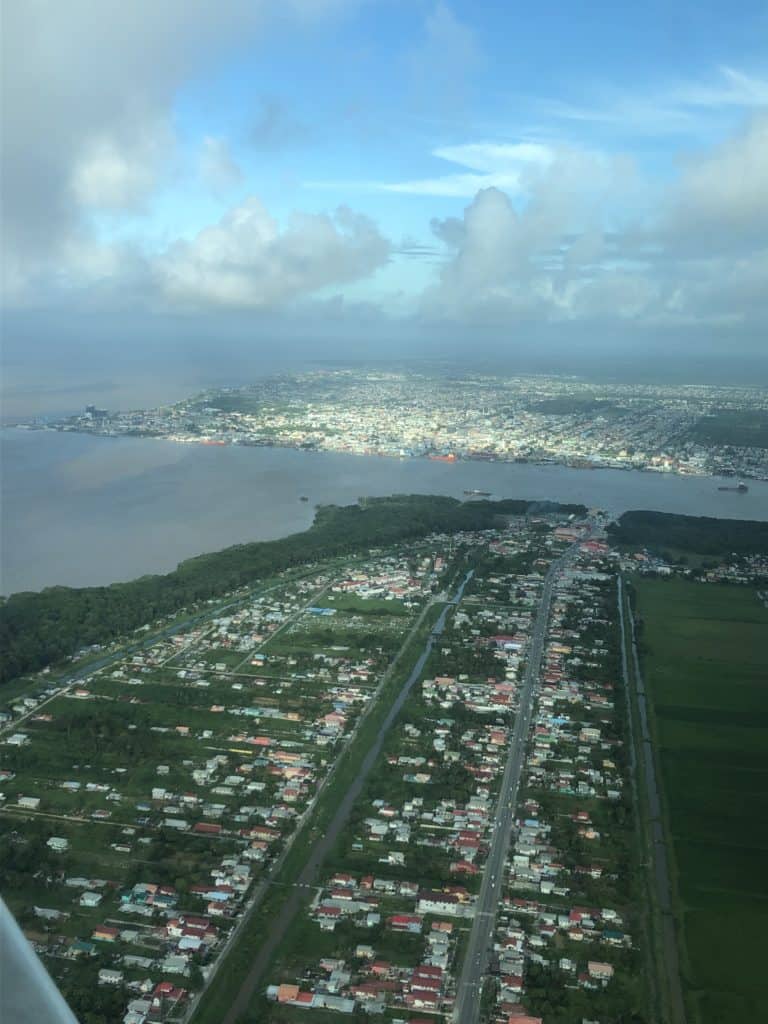
Description:
In these photos, Guyanese multimedia journalist Vishani Ragoobeer provides an aerial view of Guyana’s coastline which depends on mangroves for protection.
In May 2021, reports surfaced that large swathes of mangroves were cleared along the coastal communities of Malgre Tout and Versailles on the West Bank of Demerara (WBD). Those mangroves were cleared to make way for a new shore base facility.
The removal of the mangroves sparked much public furore and residents feared flooding. It also heightened questions about whether Guyana’s new exploits, particularly in the oil and gas industry, can be managed alongside environmental protection efforts.
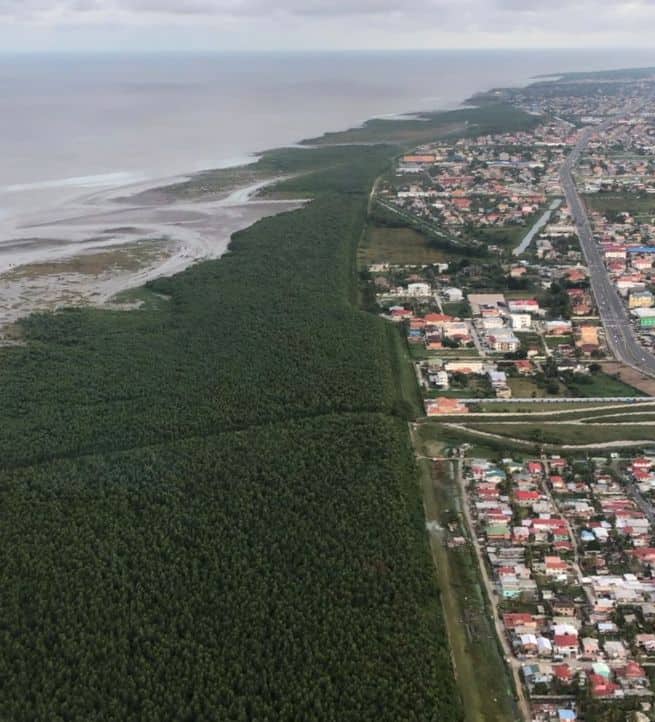
Photo 4: The link between Belize’s biodiversity and blue carbon
Photo by multimedia journalist Carolee Chanona from Belize
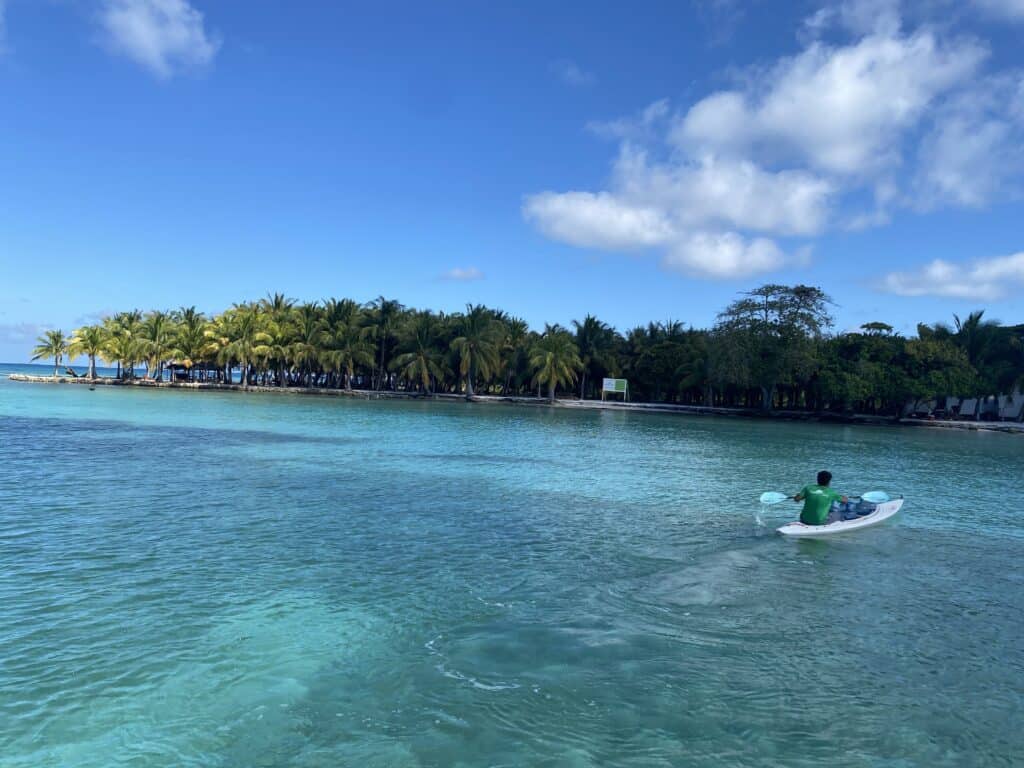
Description:
With Belize acutely exposed to the effects of climate change, Belizean multimedia journalist Carolee Chanona penned an insightful piece for Cari-Bois on the importance of protecting Belize’s marine resources including the Belize Barrier Reef.
Citing scientific research, Chanona said protecting the country’s marine resources will ultimately come down to enforcing environmental laws, expanding protected areas and their (co)management reach, and sourcing “green” funding to ensure this.
Photo 5: Why should we plant more trees?
Photo by Environment Tobago
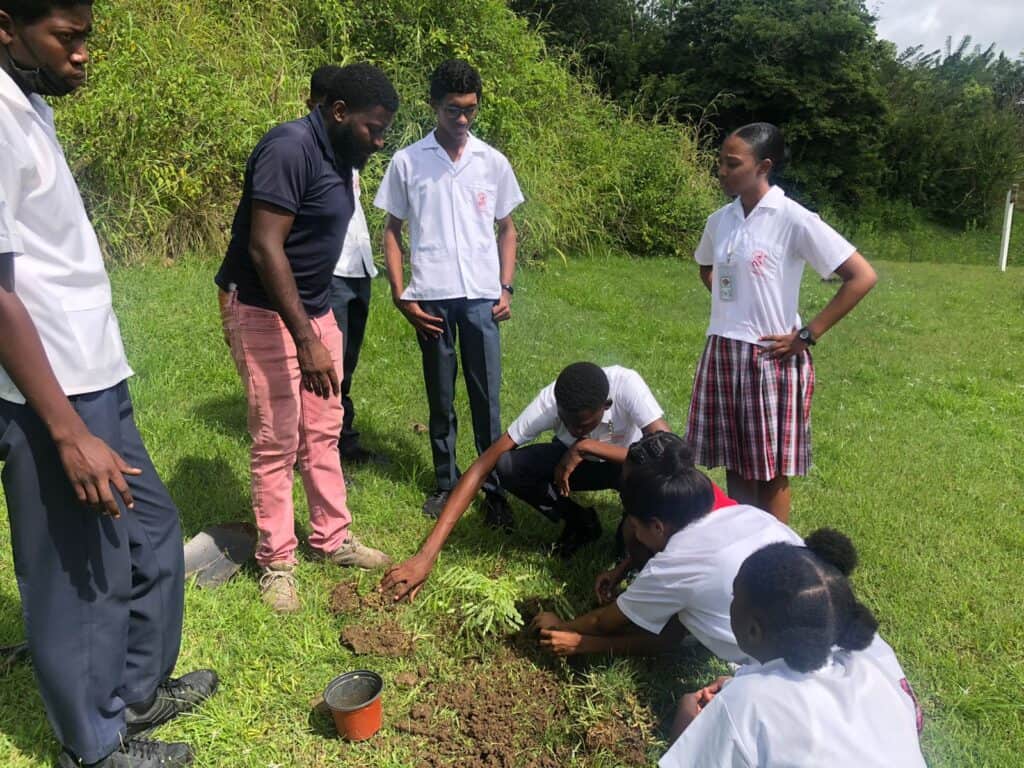
Description:
In this photo, students of Mason Hall Secondary School, Tobago, participate in a 2021 tree-planting exercise by Tobago-based NGO Environment Tobago.
As countries continue to grapple with the effects of climate change, tree-planting exercises have gained prominence in many environmental campaigns given trees help absorb carbon dioxide from the atmosphere and contribute to the restoration of ecosystems where reforestation activities occur.
In an op-ed for Cari-Bois’s PERSPECTIVES series, Environment Tobago manager Sean McCoon shares his thoughts on why it is important to invest in tree-planting exercises and how these activities have benefits beyond the natural environment.
Photo 6 & Photo 7: The role NGOs play in Suriname’s e-waste management
Photos by environmental journalist Rubia Berghout from Suriname
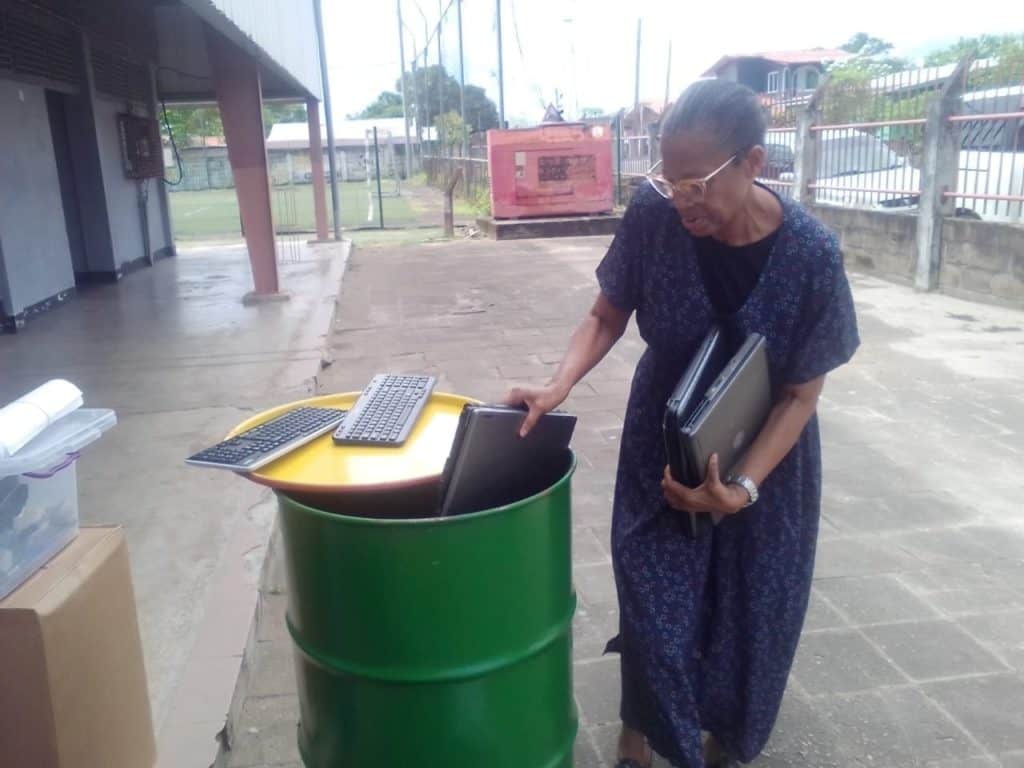
Description:
In recent years, NGOs have made consistent efforts to promote more environmentally sustainable e-waste management practices in Suriname. Journalist Rubia Berghout highlighted those efforts in an article which was written with the support of The Cropper Foundation and Climate Tracker’s Citizen Journalism Fellowship.
In February 2022, community-based organisation Self-Awareness & Information Technology Foundation (SITA) started a campaign on e-waste awareness in partnership with the Stibula Foundation and the Stitching the Community Hub which is a community-based library and community centre in Paramaribo, Suriname.
In these photos, people from all ages and backgrounds properly dispose of their e-waste at the campaign’s different collection points.
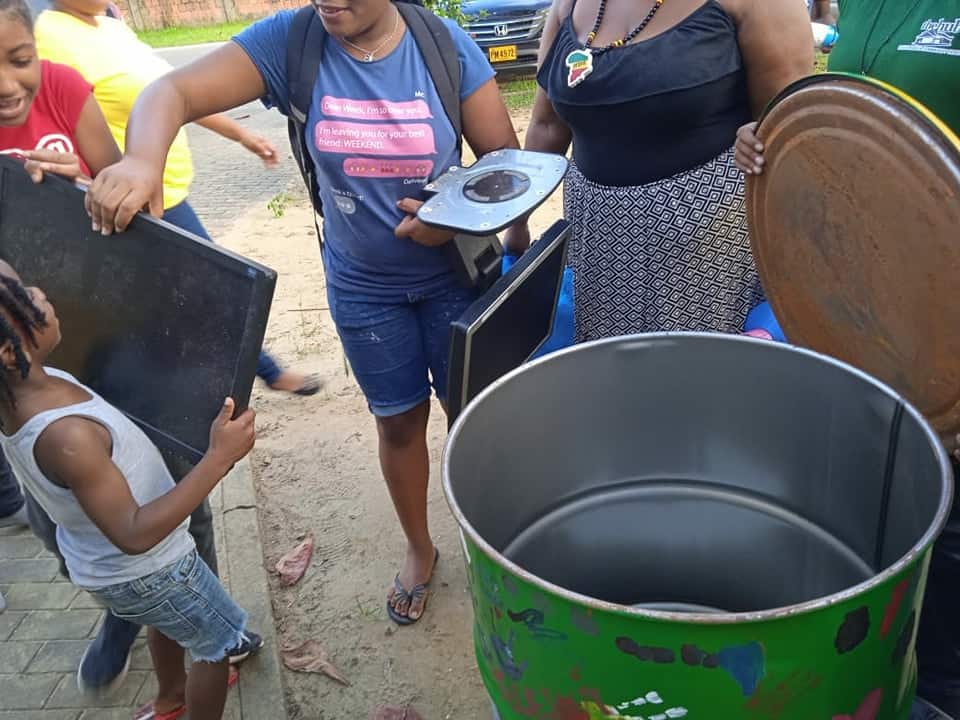
Photo 8 & Photo 9: Coastal erosion redraws St. Vincent’s north-east coast
Photos by journalist Kenton X. Chance from Antigua and Barbuda
What is the cause of extensive erosion on St. Vincent’s north-east coast? Vincentian journalist Kenton X. Chance reported on the unfolding situation in an exclusive story for Cari-Bois.
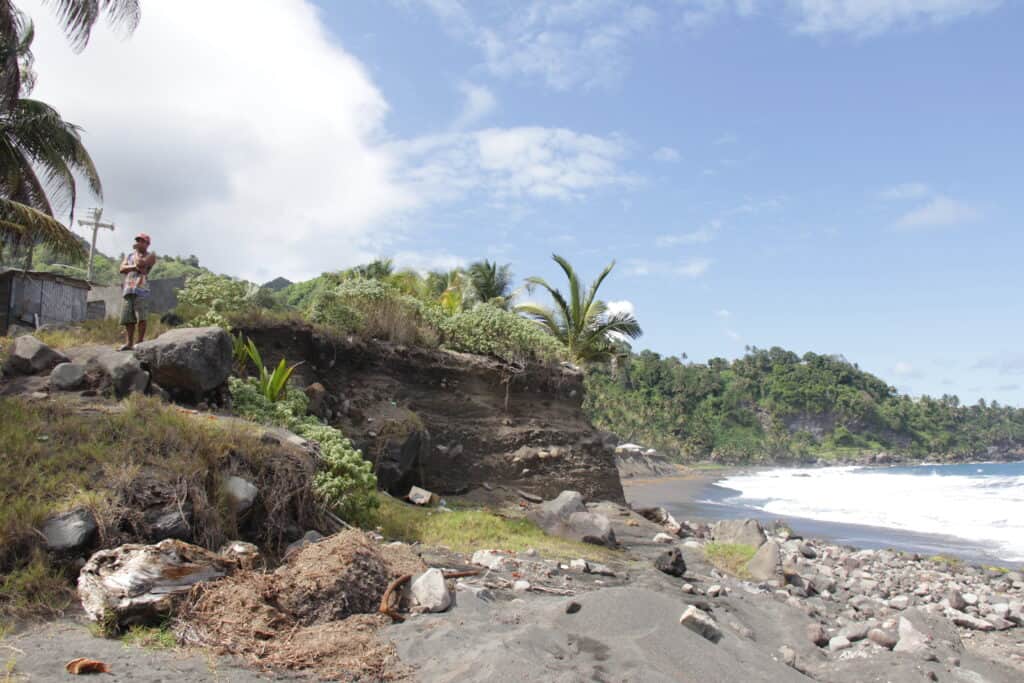
Description:
In this photo, Kenton shows the scale of coastal erosion at Sandy Bay which is an idyllic community on St. Vincent’s north-eastern coast and approximately 25 miles from the country’s capital Kingstown. While the community’s picturesque ocean views have stood the test of time, Doxford Lavia, 54, remembers the community’s coastline differently than what it is today.
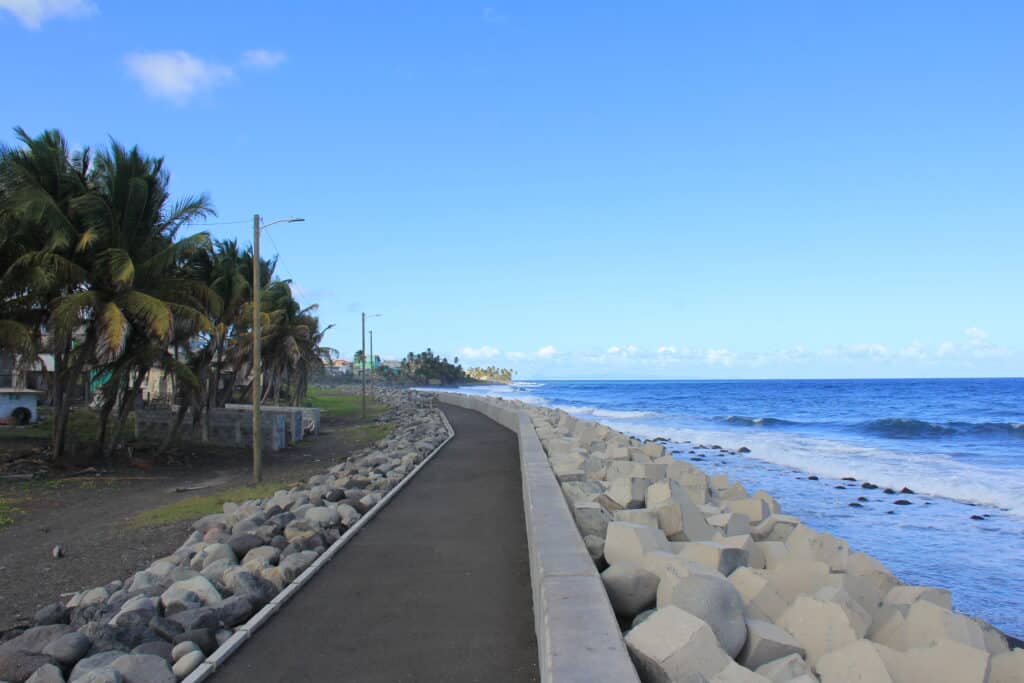
Description:
In this photo, Kenton shows the ongoing efforts to protect St. Vincent’s coastlines from erosion. In 2022, the government spent EC$26 million in coastal defences in Georgetown, a north-east coast town, which is the regional capital. The government has also secured US$13.5 million from the Caribbean Development Bank (CDB) to finance coastal protection projects including the Sandy Bay Resilience Project.
Photo 10: The wonders of marine biodiversity
Photo by Marine Biologist Attish Kanhai
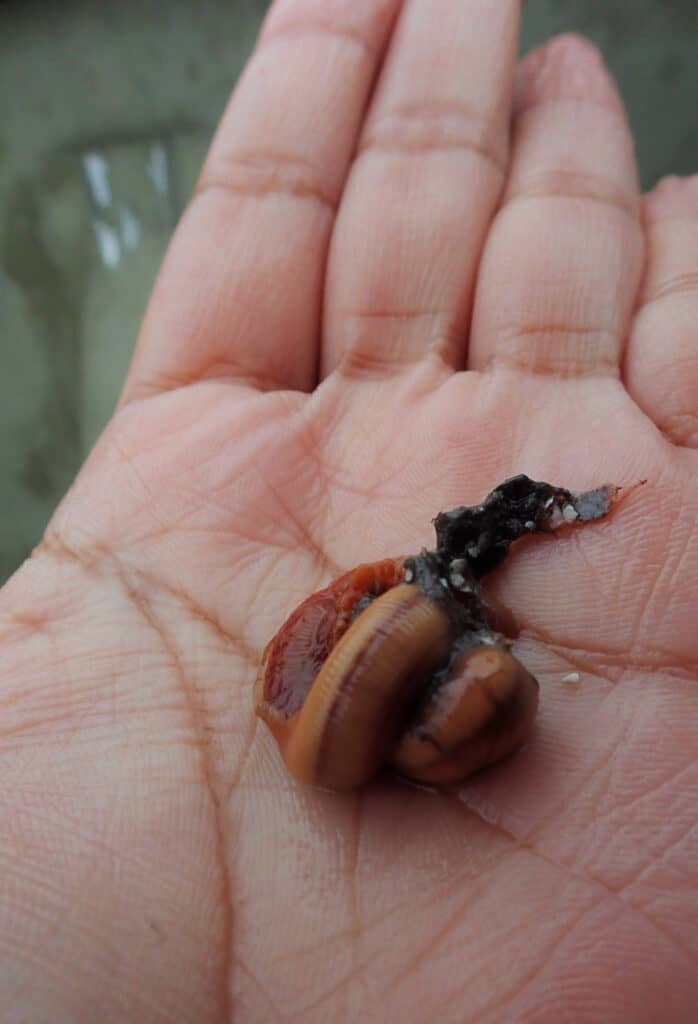
Description:
During a recent benthic sampling activity, marine scientist Attish Kanhai caught and studied this polychaete worm. In an op-ed for Cari-Bois’s PERSPECTIVES series, Kanhai said every marine animal and plant – regardless of size – holds an intrinsic value that is inescapable.
With roughly 8,000 known species of polychaetes scattered all over the world, the presence (or absence) of some of these species can provide insight into whether any given area is clean, polluted or somewhere in between.
Photo 11: Greater support can assist Guyanese farmers in climate fight
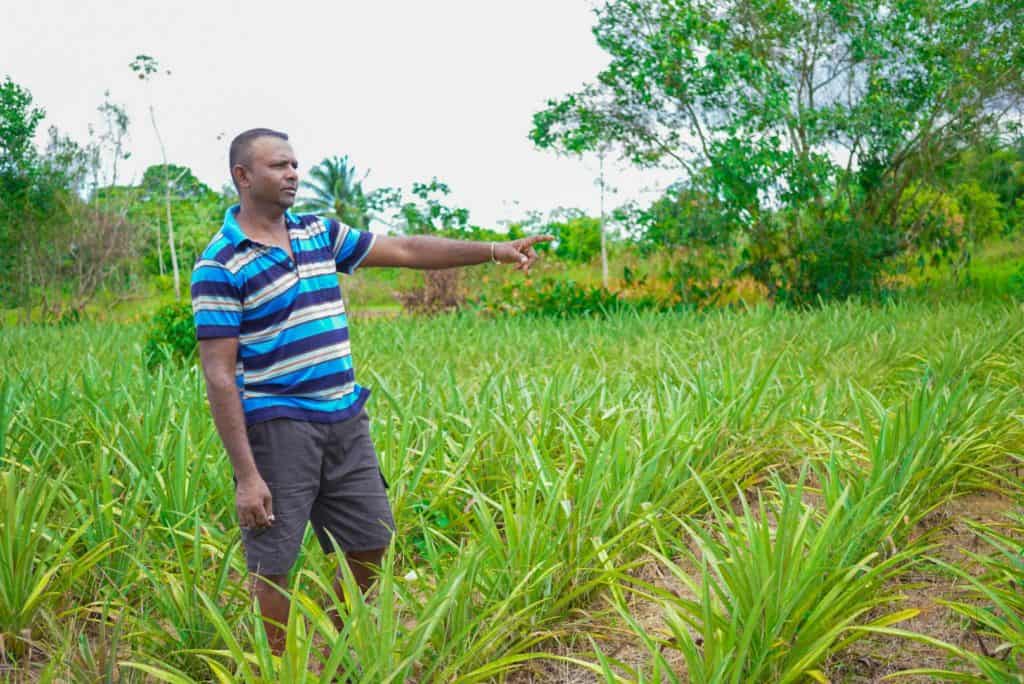
Description:
In an article written with the support of The Cropper Foundation and Climate Tracker’s Citizen Journalism Fellowship, Guyanese journalist Ronald Taylor explained how farmers can benefit from greater access to information and training to navigate working in a changing climate given the effects of climate change on Guyana’s agriculture sector.
In his piece, Taylor spoke with pineapple farmer Totaram Deosarran at his farm. A pineapple farmer for over two decades, Deosarran said there is hope for an approach to farming that’s focused more on preservation and conservation, with assistance from the relevant authorities.
Photo 12: Global seagrass meadows in decline
Photo by Jonathan Gomez of Trinidad and Tobago’s Institute of Marine Affairs (IMA)
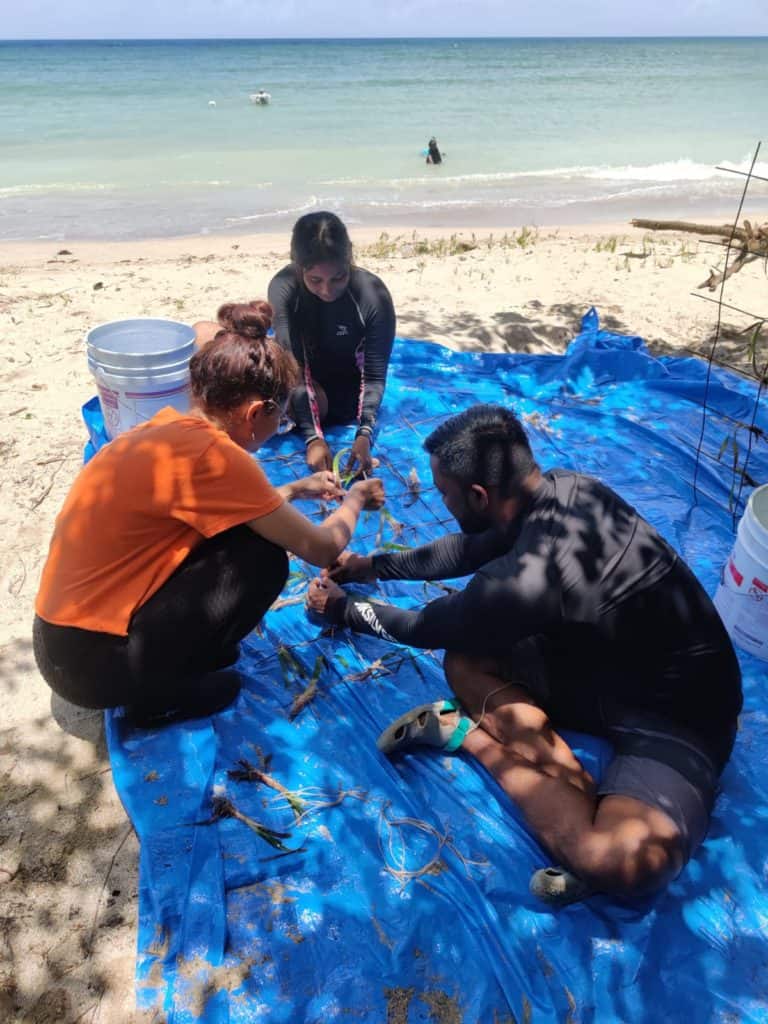
Description:
In this photo, staff of Trinidad and Tobago’s Institute of Marine Affairs (IMA) attach seagrass to wire frames during wetland restoration activities.
Annually, the world recognises the importance of wetlands when it celebrates World Wetlands Day on February 2. But despite their benefits, wetlands remain the world’s most threatened ecosystem with at least 35% of global wetland area lost since 1970.
Since 1999, the IMA has been conducting the science needed for the restoration of the country’s wetlands. With funding from bp Trinidad and Tobago (bpTT), the institute embarked on a pilot Marine Resilience Initiative (MARIN) in Tobago in 2022.
For the project, the IMA assessed a subset of marine habitats across Tobago to identify areas with the potential for active restoration, using nature-based management strategies that are economically feasible, sustainable, community-oriented, and valued for its climate mitigation (blue carbon) contribution.





